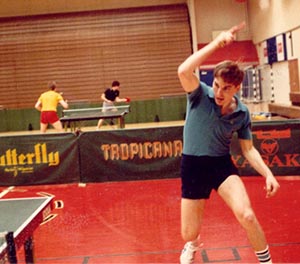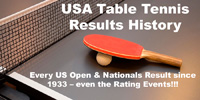No Blog on Friday
Because…
- Schools are closed for a "Teacher Professional Day," and if they get the day off, so do I.
- I can use another day off to rest. I took a day off on Tuesday, and it really paid off during yesterday's coaching, where I felt energized for the first time in a while.
- To give me time to prepare for the USATT Board Meeting on Saturday, where I have two presentations.
- So I can spend the day finalizing the first draft of "The Spirit of Pong," which I blogged about March 16. (I finished the first draft yesterday, but have two pages of notes of things to add or change.)
- So I can take my car to the shop for a check-up and minor repairs.
- We have a one-day training camp at MDTTC, but I might not be needed since we have eight full-time coaches - but I might be called in.
USATT Board Meeting
This Saturday there's a USATT Board meeting in Baltimore from 9AM to 4PM. Board members and some staff and/or committee chairs will be coming in for the meeting. As a board member since January, this'll be my first in-person meeting, though I've been on two teleconferences. (Over the years I've attended about 60 board meetings, including the last one in December at the Nationals.) Below is the agenda. I've got two presentations, both scheduled for 30 minutes.
The first (at 11:30 AM) is my Regional Associations Proposal, which plans to set up regional and state associations, with a three-pronged goal: setting regional team leagues; coaching programs; and state championships. A huge portion of my time over the next few years is going to be devoted to this. I'll blog a lot more about this later.


 Photo by Donna Sakai
Photo by Donna Sakai


